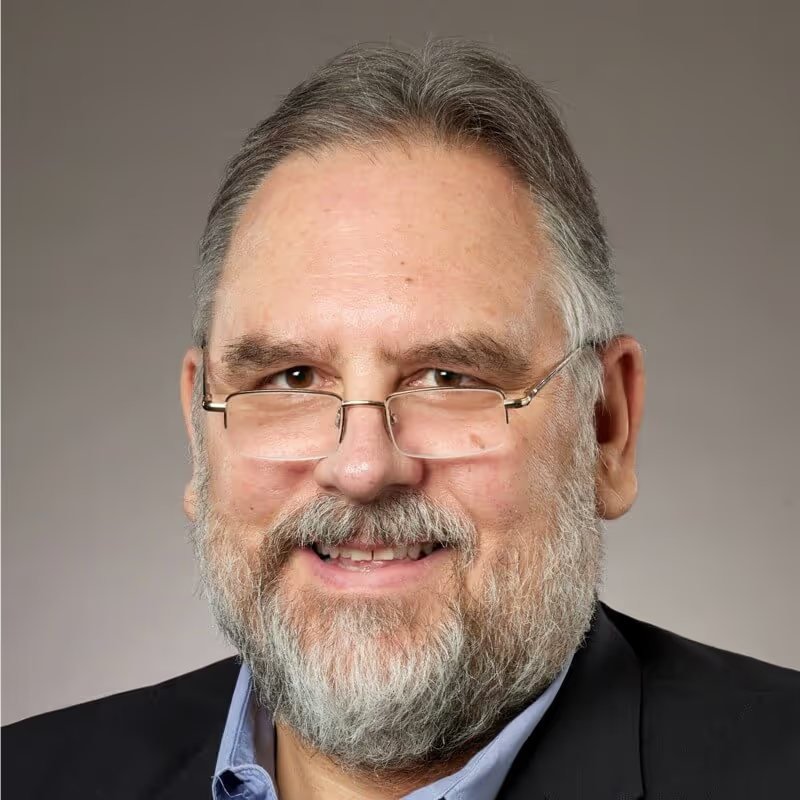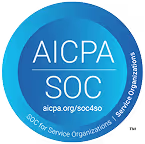If you’re like most people, you probably want to have as much control over your medical care as possible. It’s important to receive care that aligns with your treatment goals, personal preferences, and beliefs. If you were ever in a situation where you couldn’t communicate those preferences to your doctors or loved ones, an advance health care directive can do it for you.
What is an advance health care directive?
An advance health care directive, or AHCD, is a multi-part legal document that lets you outline how decisions should be made about your medical care if you’re ever unable to make those decisions yourself. With an AHCD, you can share your preferences about certain treatments and choose someone to make important medical decisions if you’re unable to make them yourself.
An AHCD may also be called an advance directive, living will, or medical power of attorney. These terms are often used interchangeably, or to reference a specific part of an AHCD.
The 4 parts of the California statutory advance health care directive form
The California statutory AHCD form has four parts. Together, they create a “map” for your doctors and loved ones to reference if they ever have to make medical decisions for you without your input.
Part 1: Medical power of attorney
A medical POA — known officially in California as a “power of attorney for health care” — lets you give someone the legal authority to make decisions about your medical care. This person is called your agent. These decisions can be about specific treatment options, medication, surgery, life-prolonging care, and more.
Under your California medical POA, your agent’s authority will go into effect only once your doctor deems you incapacitated For example, this could happen if you were in a coma or unconscious. If you want it to go into effect immediately, you have to specifically state that in your document.
Your agent is legally required to act in your best interests and follow your wishes to the best of their ability. How much authority they have over your medical care is up to you. You can write your AHCD in a way that gives your agent broad authority to make decisions about your medical care. Or, you can set limits on your agent’s power.
Part 2: Living will
In your California AHCD, the living will portion is where you include any instructions and preferences you have for your health care. You can use your living will to outline:
- Whether you want to receive life-prolonging treatment (like breathing or feeding tubes, or kidney dialysis)
- Whether you want to receive pain medication
- Any religious, spiritual, or philosophical beliefs you have that may impact what kind of health care you want to receive
- Any other preferences you may have when it comes to your medical care
Part 3: Organ donation
This section of your California advance health care directive is optional. In it, you can specify whether you want to be an organ and tissue donor. If you do, you can further specify:
- Which organs you do or don’t wish to donate
- If you want your donation used for a specific purpose (for example, research or transplant)
- Any restrictions or conditions you have for donation
If you don’t fill out this section, but you do nominate an agent, your agent may be asked to make a decision about organ donation for you when you pass away.
Part 4: Choose a primary physician
This section of your advance health care directive is also optional. Here, you can specify your preferred health care provider, if you have one. You can also name a backup, in case your first choice is unavailable. If you require medical care, your agent and health care providers can reference your AHCD and try to have you cared for by your preferred doctor.
How to get an advance health care directive form in California
The State of California Department of Justice offers a printable advance health care directive template for California residents. While easy to fill out and print, it doesn’t provide examples of what procedures or treatments you may consider including.
Another option is to create your advance health care directive using FreeWill’s self-help platform. Our questionnaire guides you through each step of the process and provides examples in easy-to-understand language. At the end, you’ll receive a document with your personal wishes, along with step-by-step instructions for how to make it valid in California — all for free.
How to make a California advance health care directive valid
In California, you need two competent adult witnesses to sign and date your AHCD to make it legally valid. Or you could have the document notarized and skip the witness requirement.
If you’re having your document witnessed, at least one of your witnesses should be someone who isn’t related to you by blood, marriage, or adoption, and who isn’t entitled to any part of your estate when you pass away. For example, a friend, roommate, or coworker you haven’t listed in your will or trust could fulfill this rule.
In addition, your witnesses can’t be:
- The agent you name in the document
- Your health care provider (like your doctor or caretaker)
- Any employee of your health care provider (for example, a nurse who works at the same hospital as your doctor)
- Anyone who works at a community or residential care facility (for example, a nursing home)
Finally, if you live in a nursing home or skilled care facility, your AHCD must also be witnessed by a patient advocate or ombudsman (in addition to your notary, or as one of your two witnesses). This rule is meant to protect the individual making the advance health care directive. It ensures aging care facility patients aren’t taken advantage of by family members or staff. Many long-term care facilities have an ombudsman on site. You can also reach out to the ombudsman office in your area.
Does an advance health care directive need to be notarized in California?
No — in California, you don’t need to have your AHCD notarized to make it valid. However, if you prefer, you can have your document notarized instead of having two witnesses sign. (If you live in a nursing home, you’ll still need to get the signature of the patient advocate or ombudsman.)
A California AHCD protects you and your loved ones
None of us know exactly what the future holds. That’s why advance health care directives are so powerful. If you spend a little time planning now, you can protect your loved ones from having to make difficult medical decisions for you without your input. This can empower them because they know the decisions they make align with your treatment goals and personal preferences. It also helps ensure you get the care that’s important to you.
Make your free estate plan today

Make your free advance healthcare directive

Make your free durable power of attorney

Make a stock donation today

Make your free revocable living trust










